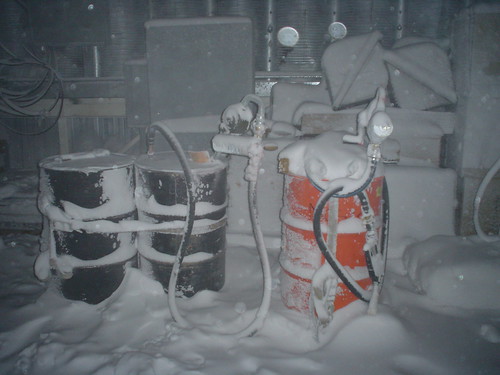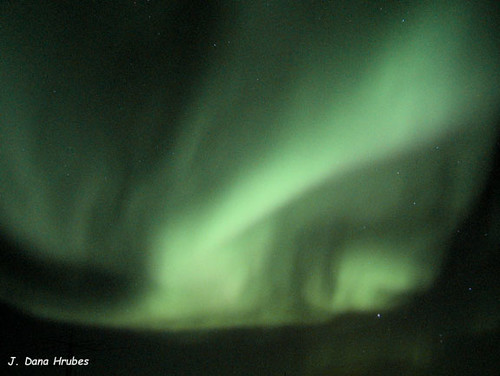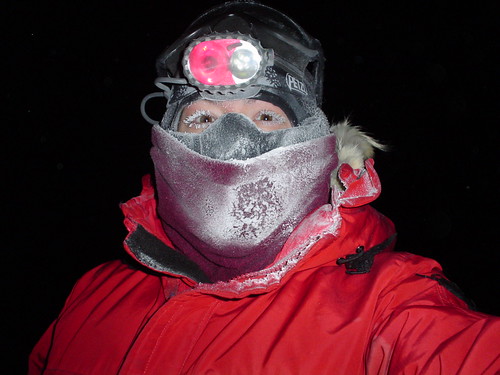South Pole Gas Station and Other Winter Fun

<
I think this might be the only place in the world where Americans can buy gas for less than 2 bucks a gallon. When I need some gas for my snowmobile, I just pull up here and crank out the gas free of charge. Of course, it requires a little more arm muscle to get my 5 gallons. It's about 40 cranks to fill up my snowmobile, and the handle doesn't exactly turn easily in -90F. But, I'll take this gas station over any one that's trying to sell me their version of the Big Gulp with an advertisement on the handle of every gas nozzle.
Almost everything around station that's outside is covered with a layer of crystal snow by now, and a lot of things are completely drifted in. Seeing something like this back home in winter might mean it hasn't been touched in months, but here, this kind of snowy covering forms on everything almost immediately, and it just has to be brushed or shoveled off every time it needs to be used. That's just part of the job.
Working outside in the dark and cold has taken some getting used to, but I've nearly perfected my methods for dealing with it. Hand and feet warmers, multiple layers of fleece covering my face, a head lamp, and my hood that extends out to stop the wind have become my regular work attire, and I hardly think twice when I put them all on just for my morning "commute." I no longer dread the times when I have to do a delivery outside, and I'm even glad to be one of the few people who has to go outside every day for my job. It's very disorienting to stay inside the station for an entire day, although many many people do it on a regular basis.
It's so cold today that the elevator and hoist that are normally our redundant systems for getting the week's supply of food up into the galley are both out of commission. That means that we chain-gang the boxes of food up the 3 flights of stairs by hand in -90F. Everybody comes out to help out with this process as part of our "house mouse," which is what we call our weekly chores that everyone has to do to keep the station clean and running. We are our own janitors and dishwashers in the winter, which I'm happy for because it makes the station seem more like our home.


